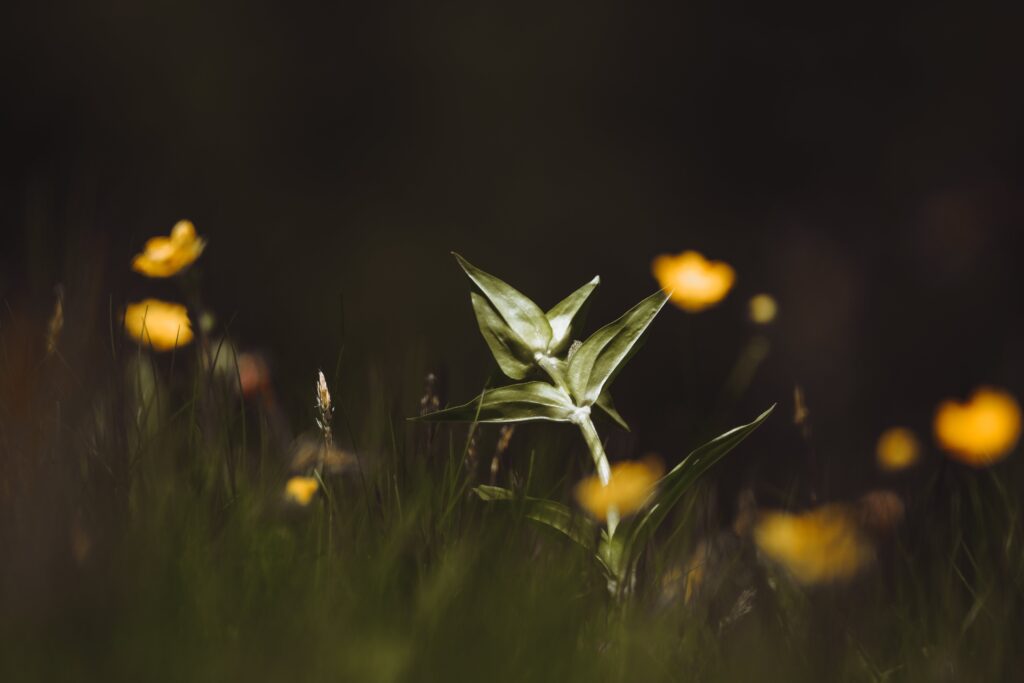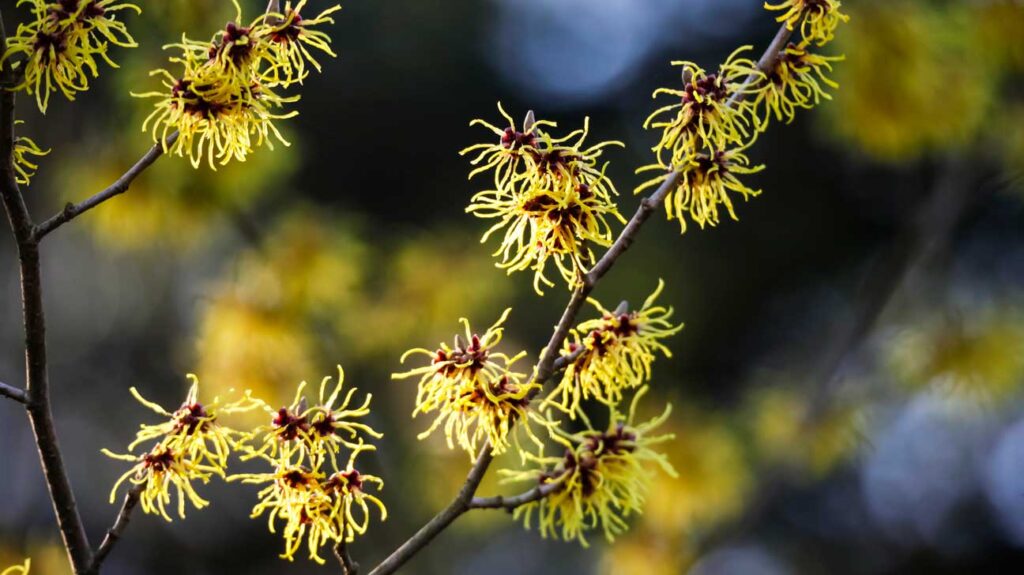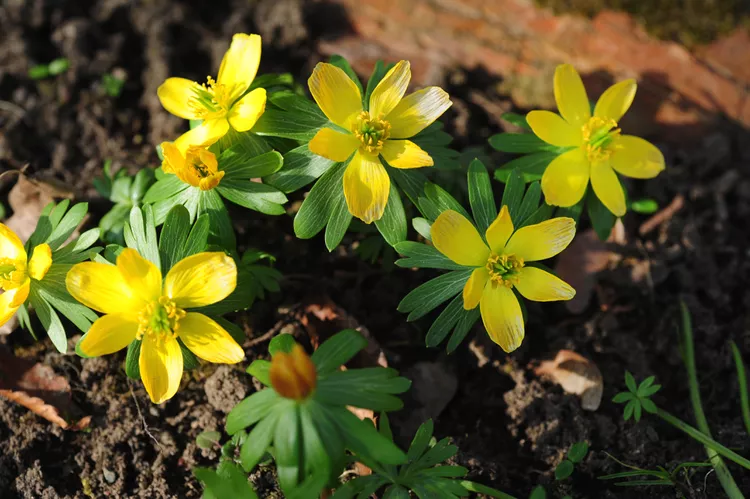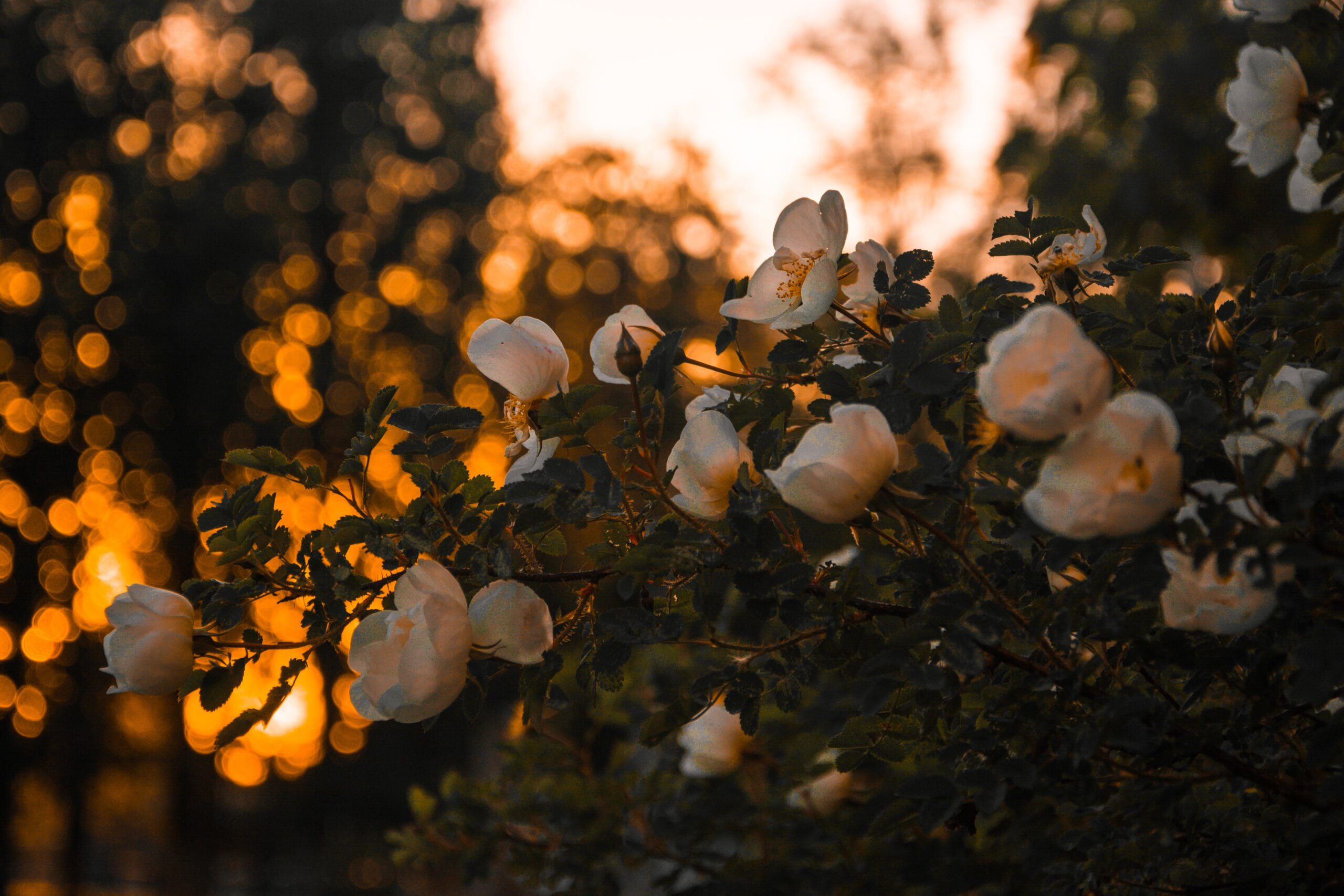Introduction
Winter doesn’t have to be associated with bare trees and drab surroundings, though. Winter blooming plants may liven up your garden during the chilly months with bright hues. You may create a winter paradise in your outside space with these sturdy and exquisite decorations. This post will discuss 11 of these winter-loving plants that bring elegance and attractiveness to your garden even when the ground is covered with snow.
Table of the contents
- Benefits of Winter Blooming Plants
- Camellia Sasanqua
- Characteristics
- Growing Conditions
- Blooming Season
- Care and Maintenance
- Hellebore
- Features
- Ideal Growing Environment
- Blooming Time
- Tips for Growing Hellebores
- Witch Hazel
- Description
- Suitable Climate
- Blooming Timeframe
- Caring for Witch Hazel
- Christmas Rose
- Characteristics
- Preferred Growing Conditions
- Blooming Period
- Caring for Christmas Roses
- Mahonia
- Overview
- Optimal Growing Conditions
- Blooming Season
- Maintenance of Mahonia
- Winter Jasmine
- Features
- Suitable Growing Climate
- Blooming Schedule
- Caring for Winter Jasmine
- Cyclamen
- Characteristics
- Best Growing Environment
- Blooming Time
- Cyclamen Care
- Snowdrop
- Description
- Ideal Growing Conditions
- Blooming Season
- Taking Care of Snowdrops
- Winter Aconite
- Features
- Preferred Climate
- Blooming Period
- Winter Aconite Care
- Pansies
- Characteristics
- Growing Conditions
- Blooming Season
- Tips for Pansy Care
- Conclusion
- FAQs
- Can I grow winter blooming plants in containers?
- What is the best time to plant these winter flowers?
- Do winter blooming plants require a lot of maintenance?
- Are these plants suitable for all regions?
- Can I use winter blooming plants for landscaping?
Benefits of Winter Blooming Plants
It’s crucial to comprehend the advantages of including winter blooming plants in your garden before delving into the particular varieties. In addition to being visually pleasing in the winter, these plants provide an important source of pollinators. The nectar of these flowers provides food for bees and other insects that are active throughout the cold months. Furthermore, these plants’ hues and fragrances might lift your spirits and lessen the wintertime blues.

Camellia Sasanqua
Characteristics
An exquisite evergreen shrub with delicate, multicolored blossoms is the Camellia Sasanqua. Rose-like in appearance, the blossoms are available in a variety of hues, including pink, white, and red.
Growing Conditions
Camellia Sasanqua thrives in well-drained soil and partial shade. It’s critical to maintain the soil’s constant moisture content without becoming soggy.
Blooming Season
These lovely flowers grace your garden from late fall to early winter, making them an excellent choice for adding winter charm.
Care and Maintenance
Pruning should be done in late winter or early spring to ensure healthy growth. Mulching is also important to maintain moisture and protect the roots.

Hellebore
Features
Hellebores, also known as Christmas Roses, are famous for their elegant, nodding flowers that bloom in shades of pink, white, or green. They are known for their resistance to harsh winter conditions.
Ideal Growing Environment
Hellebores prefer partial shade and well-drained soil. They are low-maintenance and can thrive in various climates.
Blooming Time
These winter wonders typically bloom from late winter to early spring, bringing cheer to your garden during the colder months.
Tips for Growing Hellebores
Ensure good air circulation and remove old foliage to prevent disease. These plants don’t require much care, making them an excellent choice for busy gardeners.

Witch Hazel
Description
The distinctive, aromatic, spider-like blooms of the deciduous plant witch hazel are well-known. They smell spicy and have a distinct color in tones of red and yellow.
Suitable Climate
Witch Hazel is cold-hardy and suitable for temperate climates
Blooming Timeframe
These fascinating blooms appear from late fall to early spring, making your garden stand out during the winter months.
Caring for Witch Hazel
Prune sparingly to maintain its natural shape. Witch Hazel doesn’t require much care beyond regular watering and well-drained soil.

Christmas Rose
Characteristics
Christmas Roses, or Helleborus niger, are another popular winter bloomer. They feature creamy white flowers that seem to defy the winter chill.
Preferred Growing Conditions
Partial shade and well-drained soil are ideal for Christmas Roses. They are an ideal complement to gardening in the woods.
Blooming Period
True to their name, Christmas Roses bloom in late December and early January, bringing joy to your garden during the holiday season.
Caring for Christmas Roses
Regular pruning and a light layer of mulch help protect these delicate winter blooms.

Mahonia
Overview
Mahonia, or Oregon Grape Holly, is an evergreen shrub with spiky leaves and striking yellow flowers.
Optimal Growing Conditions
They thrive in full sun to partial shade and require well-drained soil.
Blooming Season
Mahonia’s bright yellow flowers typically appear in late winter and early spring, adding a splash of color to your garden.
Maintenance of Mahonia
Minimal pruning and adequate moisture are essential for the health of Mahonia.

Winter Jasmine
Features
Winter Jasmine, with its bright yellow flowers, is a delightful addition to your winter garden.
Suitable Growing Climate
It may thrive in both full sun and moderate shade because of its adaptability.
Blooming Schedule
Winter Jasmine blooms from late winter into early spring, spreading cheer during the colder months.
Caring for Winter Jasmine
Pruning helps maintain a tidy appearance, and regular watering is essential for the plant’s well-being.

Cyclamen
Characteristics
Cyclamen boasts uniquely shaped flowers in shades of pink, red, and white. They are ideal for giving your garden a hint of refinement.
Best Growing Environment
Partial shade and well-drained soil are preferred for Cyclamen.
Blooming Time
These charming flowers bloom in the late winter and early spring.
Cyclamen Care
Keep the soil consistently moist and protect the plant from strong winds for the best results.

Snowdrop
Description
Snowdrops are dainty, bell-shaped flowers known for their purity and grace. They are often seen as a symbol of hope and the coming of spring.
Ideal Growing Conditions
Snowdrops prefer partial shade and well-drained, fertile soil.
Blooming Season
These delicate blooms make an early appearance in late winter.
Taking Care of Snowdrops
Minimal care is needed for these resilient flowers. Regular watering and organic mulch are usually sufficient.

Winter Aconite
Features
Winter Aconite, with its bright yellow, cup-shaped flowers, is a true harbinger of spring.
Preferred Climate
They thrive in cold climates, and partial shade is ideal.
Blooming Period
Winter Aconite bursts into bloom in late winter, often pushing through the snow.
Winter Aconite Care
These hardy plants require little maintenance. Keep them well-watered, and they will reward you with vibrant colors.

Pansies
Characteristics
Pansies are well-known for their charming, “smiling” faces and a variety of colors, making them a popular choice for winter gardens.
Growing Conditions
Pansies prefer well-drained soil and partial shade.
Blooming Season
These cheerful flowers brighten your garden throughout the winter months.
Tips for Pansy Care
Regular deadheading and light fertilization will keep your pansies looking their best.

Conclusion
Adding winter blooming plants to your garden is a great way to beat the wintertime doldrums. You may take advantage of a vibrant splash of color and life during the winter months with proper maintenance and plant selection. Whether it’s the spidery blooms of Witch Hazel or the elegance of Cyclamen, these winter wonders will transform your garden into a magical, year-round retreat.
FAQs
- Can I grow winter blooming plants in containers?
- Yes, many of these plants can be grown in containers, allowing you to enjoy winter blooms even in small spaces.
- What is the best time to plant these winter flowers?
- Plant them in the late summer or early fall to ensure they are well-established before winter.
- Do winter blooming plants require a lot of maintenance?
- Most of these plants are low-maintenance, requiring only minimal care to thrive.
- Are these plants suitable for all regions?
- Some may have specific climate preferences, so it’s essential to choose plants that are well-suited to your area.
- Can I use winter blooming plants for landscaping?
- Absolutely! These plants can add charm and color to your winter landscape, making it visually appealing throughout the season.

